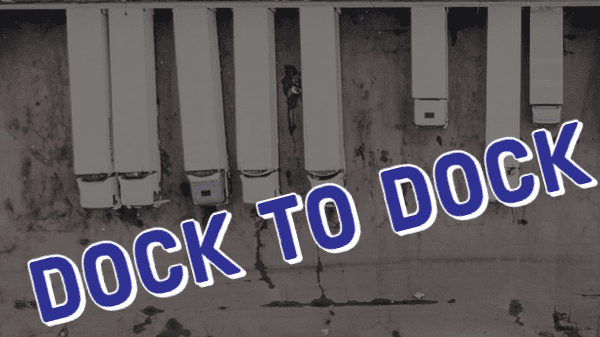The Problem: Wrongful rejection to the carrier.
The Key Point: Actively and responsibly work with all parties to place the product and mitigate losses.
The Solution: Gather information, communicate in writing, and act in good faith.
Q: We are a carrier based in Texas. This morning, we arrived in Dallas with a load of berries out of San Antonio. The receiver performed an in-house inspection and then refused the shipment, marking “rejected to truck,” on the bills. We disputed the notation, but no one would listen, and the driver was told to leave. We were informed by the freight broker that temperature abuse was alleged, but this makes no sense. The reefer download shows normal readings and the portable recorder shows 35°F for all 14 hours of this trip. The truck ran perfectly. What steps should I take? This load has been wrongfully rejected to the truck.
A: While specific circumstances involved for every transaction vary (e.g., the condition of the product, market conditions, commodity involved, relationships between the parties, etc.), generally, in situations where produce is rejected to the carrier and the carrier believes the rejection may be wrongful, we would advise carriers to take the following steps as outlined in section (9.1) of Blue Book’s Transportation Guidelines—
- (a) promptly call for a government inspection certificate, gather all available temperature records and any other relevant information;
- (b) notify all interested parties that allegations of a Carrier problem are disputed, explaining why the allegations are disputed;
- (c) ask the receiver to reconsider and either: (1) accept the produce “under protest” claiming damages against the Carrier and/or the seller as appropriate based on the facts that develop; or (2) handle the product on consignment or “for the account of whomever it concerns”;
- (d) if the impasse persists, explain, in writing, that if the receiver will not sell the product (whether under protest or on consignment), and if no other party will take responsibility for mitigating losses, then the Carrier will arrange to have the product sold in order to mitigate losses, while making it clear the claim is disputed and that full payment for the original freight and any additional expenses incurred (e.g., detention fees, reconsignment expenses, inspection fees, etc.) is expected;
- (e) ask for a response within a reasonable period of time (e.g., three (3) hours), during which time the Carrier should begin attempting to find a buyer or commission merchant (typically an area wholesaler handling product on consignment) to sell the produce; (f) actively monitor the disposition of the produce and insist upon a detailed accounting of sales from the third-party seller to support its returns; and
- (g) diligently work with all parties to keep communications open and settle any claims, keep records of all communications, and confirm any understandings or agreements in writing.
Following these steps and genuinely working in the best interests of all the parties to resolve the situation fairly will typically go a long way toward resolving the problem. It may also lay a foundation of trust for any future dealings.



